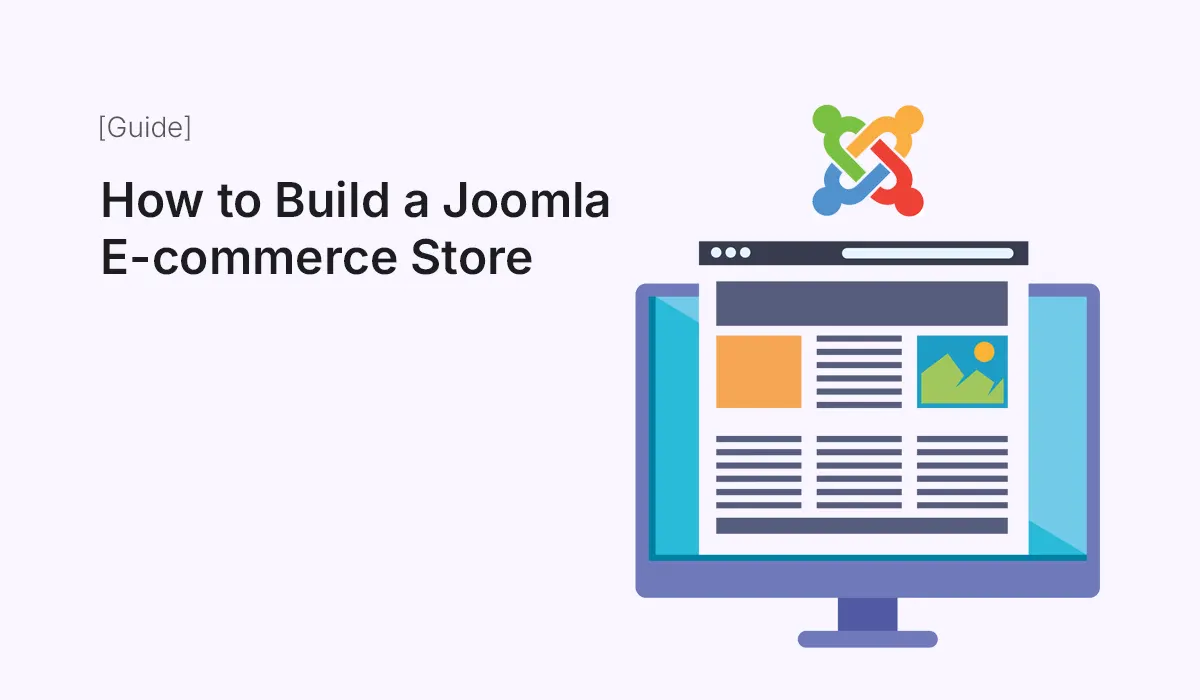Building an e-commerce store can seem overwhelming, but with Joomla, it becomes much more manageable. Joomla is a flexible, open-source content management system (CMS) that provides everything you need to launch a professional online store. By combining Joomla with the right extensions and templates, you can create a powerful e-commerce website that is both functional and visually appealing.
In this step-by-step guide, we’ll cover everything beginners need to know about building a Joomla e-commerce store, from installation to launching your first product.
Why Choose Joomla for E-commerce?
Joomla is a strong competitor in the CMS world, and when paired with e-commerce extensions, it can rival platforms like Shopify or WooCommerce. Here’s why:
- Open-source & free: No monthly subscription fees.
- Flexible & customizable: Easily add features through extensions.
- Multi-language support: Perfect for global e-commerce stores.
- SEO-friendly: Tools and plugins to improve rankings.
- Scalable: Works well for small shops and large stores with thousands of products.
Step 1: Set Up Joomla
Before building your store, you need a working Joomla installation.
- Choose hosting – Pick a reliable host optimized for Joomla. VPS or managed Joomla hosting is ideal.
- Download Joomla – Get the latest version from joomla.org.
- Install Joomla – Use your host’s one-click installer or manually upload files via cPanel/FTP.
- Complete setup – Follow the installation wizard, configure database settings, and create an admin account.
Once installed, you’ll have a blank Joomla site ready to customize.
Step 2: Pick an E-commerce Extension
Joomla does not include built-in e-commerce features, so you’ll need an extension. Popular choices:
- VirtueMart – Longstanding and widely used e-commerce extension.
- HikaShop – Flexible, modern, and supports both small and large stores.
- J2Store – Lightweight and integrates seamlessly with Joomla articles.
- Eshop – Simple to use with essential features for beginners.
Choose based on your store’s needs—HikaShop and VirtueMart are excellent for scalability, while J2Store is great for quick setups.
Step 3: Install an E-commerce Template
Your store’s design plays a huge role in conversions. Joomla templates designed for e-commerce include product grids, checkout pages, and built-in shop modules.
- Look for responsive templates (mobile-friendly).
- Choose a lightweight and fast template for better performance.
- Examples: JD Shop, Helix Ultimate + VirtueMart layouts, Shaper eMart.
After installing your template, customize colors, fonts, and layouts to match your brand identity.
Step 4: Configure Your E-commerce Extension
Once installed, configure your chosen extension:
- Add store details (currency, tax, business info).
- Set up payment gateways (PayPal, Stripe, credit card processors).
- Configure shipping options (flat rate, weight-based, or real-time shipping).
- Enable SSL (HTTPS) for secure transactions.
Most extensions provide guided setup wizards to simplify this process.
Step 5: Add Products to Your Store
Products are the core of your e-commerce website. To add products:
- Navigate to your e-commerce extension’s product manager.
- Add product title, description, and images.
- Set price, SKU, and stock levels.
- Organize products into categories (e.g., Clothing → Men → Shirts).
- Add attributes like size, color, or weight.
High-quality product images and clear descriptions are essential for boosting conversions.
Step 6: Optimize Checkout & Cart
A smooth checkout experience reduces cart abandonment.
- Enable guest checkout for faster purchases.
- Offer multiple payment methods to cater to all customers.
- Simplify forms—only request necessary information.
- Add a progress bar or step indicator to guide users.
Testing your checkout process before launch ensures a hassle-free experience.
Step 7: Enhance with Essential Extensions
To improve your Joomla e-commerce store, consider adding:
- SEO extensions: sh404SEF, Route66 for better search visibility.
- Security tools: Admin Tools, RSFirewall to protect against attacks.
- Performance boosters: JCH Optimize for minification and caching.
- Marketing tools: AcyMailing for newsletters, EasySocial for community building.
- Analytics: Google Analytics or Joomla extensions for traffic insights.
These tools make your store safer, faster, and more profitable.
Step 8: Test Before Launch
Before making your store live:
- Test product browsing and cart functionality.
- Ensure payments are processed correctly.
- Check mobile responsiveness across devices.
- Optimize loading speed with caching and image compression.
- Validate SEO settings (meta titles, descriptions, friendly URLs).
Fixing issues before launch helps avoid frustrating your first customers.
Step 9: Launch & Market Your Store
Once everything is tested, it’s time to launch.
- Announce your store via email, social media, and press releases.
- Offer special discounts or limited-time offers for first buyers.
- Monitor sales and traffic in the first few weeks.
- Collect customer feedback to refine the experience.
Marketing is just as important as design and functionality—keep promoting consistently.
Conclusion
Building an online store with Joomla is both flexible and rewarding. By combining Joomla with an e-commerce extension like HikaShop, VirtueMart, or J2Store, you can create a professional online store tailored to your business needs. From setup and product management to checkout optimization and marketing, Joomla provides all the tools to run a successful e-commerce business.
If you’re ready to start selling online, Joomla is a fantastic CMS choice that balances power, flexibility, and ease of use.
Start your online business today! Follow this step-by-step guide to build your Joomla e-commerce store and launch a professional, scalable, and profitable online shop.






